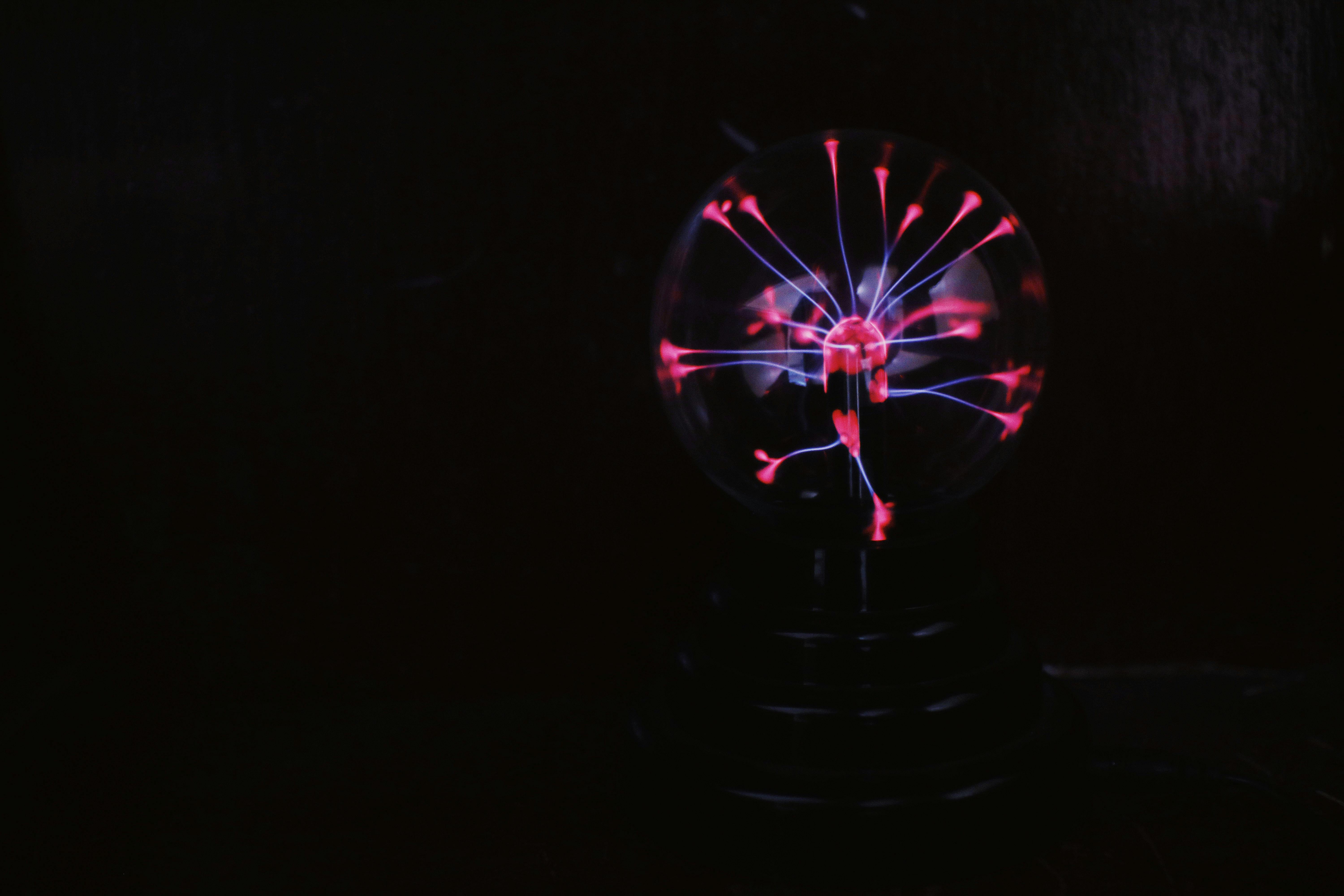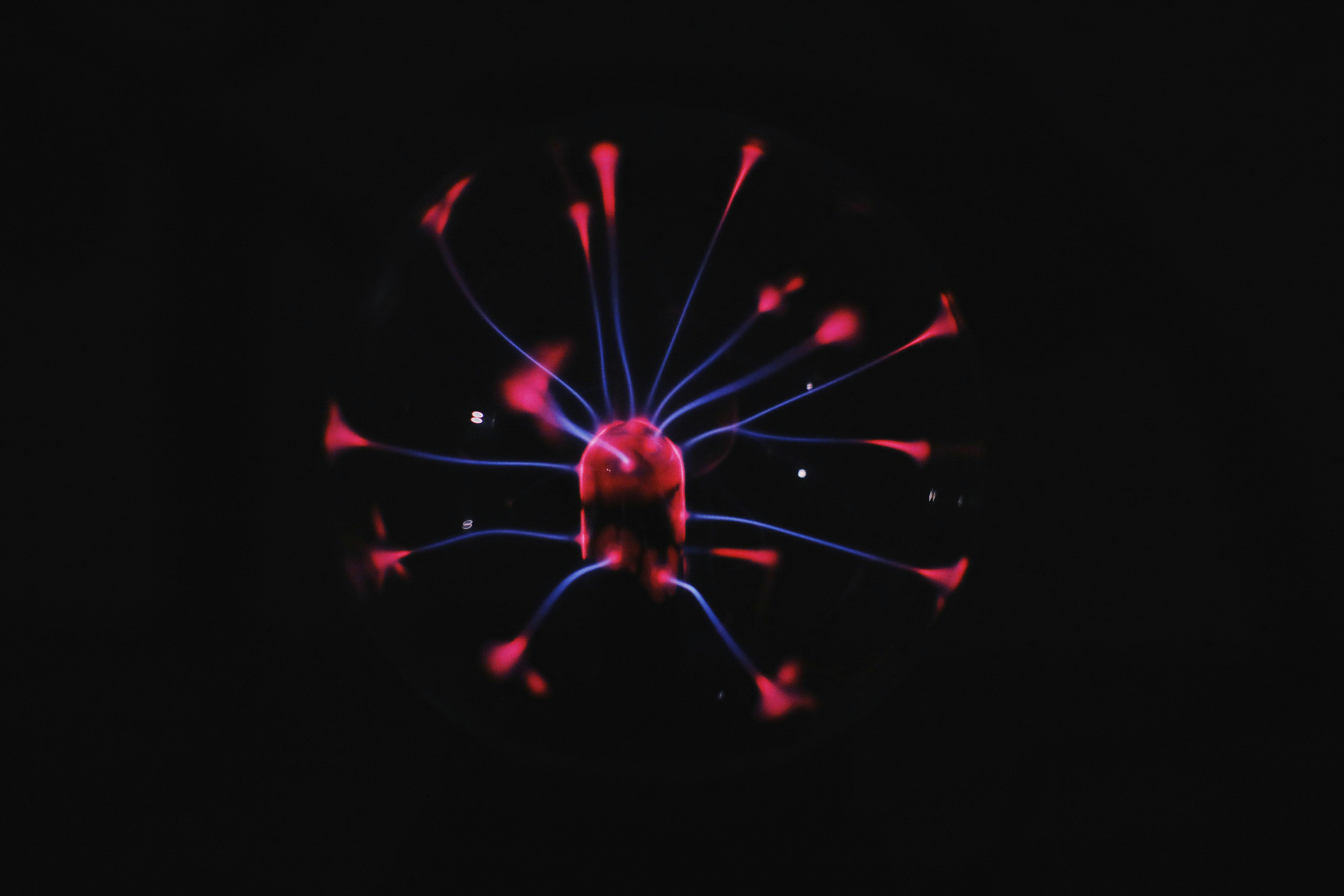Ball lightning is a rare phenomenon that is often reported but has yet to be fully understood. It typically appears as a bright, glowing ball of light that can range in size from a few inches to several feet in diameter and can last from a few seconds up to several minutes. Despite its relatively short lifespan, ball lightning can pose a serious danger to both humans and property. In this article, we will discuss the dangers of ball lightning and the precautions you can take to protect yourself and your belongings should it occur in your area.Ball lightning is a rare meteorological phenomenon in which a luminous, spherical object is sometimes seen during thunderstorms. It is usually about the size of a basketball, and typically appears to last for several seconds before fading away. The exact cause of ball lightning is unknown, but some theories suggest it may be related to the electrical discharge from lightning or from dust particles in the air being ionized by the electric fields of thunderstorms.
Causes of Ball Lightning
Ball lightning is an unexplained and rare phenomenon that has been reported in various parts of the world. It is a floating, luminous ball that occurs during thunderstorms, usually appearing near the ground. Though it has been observed for centuries, no one knows what causes it. There are several theories about the possible causes of ball lightning, including electromagnetic fields, electrostatic discharges, and even antimatter.
One explanation is that ball lightning could be caused by an intense electromagnetic field created by a lightning strike. The theory suggests that the electric current from the strike creates an intense magnetic field around it which compresses and concentrates the electric charge. This would create a glowing sphere with a diameter of several meters or more that could last for up to several seconds before disappearing.
Another hypothesis suggests that ball lightning is created when two opposite electrostatic charges interact in the air during a thunderstorm. The interaction creates a plasma sphere which is then ejected from the cloud and travels along with the storm’s wind currents until it dissipates in mid-air. This theory explains why ball lightning often appears close to the ground, as the strong winds of a storm can push it down towards Earth’s surface.
The possibility of antimatter being responsible for ball lightning has also been proposed. In this theory, particles called positrons are created during a strong electrical discharge which then interact with electrons to create a plasma sphere similar to what is seen in ball lightning reports. However, this hypothesis has not yet been proven and more research needs to be done to confirm its validity.
Overall, despite centuries of observation, scientists still do not know exactly what causes ball lightning or how it forms. More research needs to be conducted in order to better understand this unique phenomenon and determine if any of these theories are correct or if there are other explanations yet to be discovered.
Effects of Ball Lightning
Ball lightning is a relatively rare phenomenon which is still not fully understood by scientists. It is an electrical discharge that appears as a glowing, floating, and often rapidly moving sphere of light that can last from several seconds to minutes. It usually occurs during thunderstorms and can cause a variety of effects.
The most common effects of ball lightning include burning or charring of material, such as walls or furniture. It has been known to melt metal objects and even cause fires in some cases. Ball lightning has also been associated with blasts of air and loud bangs that can damage buildings and cause property damage.
In addition to the physical damage it can cause, ball lightning is also known to produce electromagnetic fields which have been linked to interference with electronic devices such as radios and TVs. It has also been associated with the disruption of electrical systems, including power lines and transformers.
The effects of ball lightning on people have also been reported in some cases. Some people have reported feeling tingling sensations or even being temporarily blinded if they are close to it when it occurs. There have also been reports of people experiencing headaches or dizziness after being exposed to ball lightning, although these reports are rare.
Despite its potential for harm, ball lightning is a fascinating phenomenon and scientists are still trying to understand it better in order to better predict its behavior and minimize the risk it poses. If you ever witness ball lightning, it is important that you stay away from it as much as possible in order to avoid any potential harm or damage caused by its effects.
Where Does Ball Lightning Occur?
Ball lightning is a phenomenon of a glowing sphere seen during thunderstorms. It is an unexplained atmospheric electrical phenomenon, which appears as a luminous, spherical object that varies from pea-sized to several meters in diameter. Despite decades of research, the exact physical nature of ball lightning is still unknown. Scientists have hypothesized that it could be caused by electric discharges, electromagnetic radiation or plasma in the atmosphere.
Ball lightning has been reported all over the world and usually occurs during thunderstorms. Reports of ball lightning typically describe it as a floating, illuminated sphere that can last for several seconds before fading away. The most common colors are red, orange and blue. Ball lightning has also been known to cause fires and explosions when it enters houses or buildings.
Ball lightning has been observed in many different locations worldwide, but it seems to be more common in certain regions such as south-central Russia and Finland. Other areas where ball lightning has been reported include Australia, Canada, England, India, Japan and the United States.
The conditions needed for ball lightning to form are not completely understood yet but scientists believe it requires a thunderstorm with strong updrafts and downdrafts of air combined with high atmospheric moisture levels. This combination creates an environment where electrical charges can build up and eventually form into a ball of light.
Due to its unpredictable nature, trying to observe ball lightning can be quite difficult as even experienced researchers have only observed it a few times in their careers. However, understanding this mysterious phenomenon could help us better understand how electricity behaves in our atmosphere and potentially use this knowledge for practical applications such as power generation or even weather manipulation technology.
What is Ball Lightning?
Ball lightning is a rare phenomenon that is generally believed to occur during thunderstorms. It is a luminous, spherical object that usually appears near the ground and can remain visible for several seconds. It can vary in size from that of a marble to several meters in diameter and has been reported to move up and down, left and right, or even hover in mid-air. Ball lightning has been reported around the world for centuries, however it still remains an elusive natural occurrence.
How to Prepare for a Potential Ball Lightning Event
The best way to prepare for a potential ball lightning event is to stay alert when you are outdoors during a thunderstorm. If you observe any unusual lights or objects in the sky, it could be an indication of ball lightning. Stay indoors if possible, as ball lightning can be unpredictable and potentially dangerous. If you are unable to stay indoors due to circumstances such as work or travel, be sure to keep an eye on the sky at all times and take precautions such as wearing protective gear and avoiding open fields or areas with tall trees or power lines. Additionally, keep your distance from any suspected ball lightning activity and do not attempt to touch it under any circumstance.

How to Avoid Being Struck by Ball Lightning
Ball lightning is an unusual and relatively rare natural phenomenon that has been reported for centuries. It is a type of lightning that appears as a glowing, floating, and often colorful ball of electricity, which can range in size from pea-sized to as large as several meters in diameter. Despite its rarity, ball lightning can be dangerous and even fatal if it strikes someone directly. Fortunately, there are ways to avoid it.
The best way to avoid being struck by ball lightning is to stay indoors during thunderstorms. If you must be outside during a storm, try to stay away from high places like hills or tall trees that may attract lightning. You should also wear rubber-soled shoes and stay away from anything metal that could attract electricity, such as power lines or fences.
If you’re indoors during a thunderstorm, make sure all electrical appliances are unplugged and avoid using plumbing fixtures like sinks or baths as they can act as conductors for electrical currents. Stay away from windows and doors and don’t touch any metal objects such as door knobs or radiators.
If you do see ball lightning, do not try to touch it or approach it—even if it seems harmless. Instead, move away quickly and find a safe place where you can wait out the storm. Ball lightning can travel great distances before dissipating so it is important to remain vigilant until the storm has passed completely.
By following these tips, you can greatly reduce your chances of being struck by ball lightning during a thunderstorm. Stay safe!
Potential Health Risks of Being Struck by Ball Lightning
Being struck by ball lightning is a rare and often unpredictable phenomenon, but it can be dangerous to those who experience it. While the exact effects of being struck by ball lightning are largely unknown, there are some potential health risks that may arise from such an event.
The most immediate risk is the threat of an electric shock. Ball lightning can contain a large amount of electrical energy, which can cause serious burns and other physical injuries if not properly discharged. Those who experience a ball lightning strike may also suffer from hearing loss due to the loud noise associated with the event.
In addition to physical injuries, there is also a risk of psychological trauma after experiencing a ball lightning strike. The sudden and unexpected nature of the event can cause shock, fear, confusion, and other psychological symptoms that may persist for some time after the incident.
In rare cases, people who have been struck by ball lightning have reported experiencing neurological symptoms such as numbness or tingling in their extremities. It’s unclear if this is directly related to the ball lightning strike or if it could be an unrelated side effect from any physical or psychological trauma caused by the incident.
Finally, there is also a possibility that prolonged exposure to ball lightning could result in various illnesses or medical conditions over time due to the radiation emitted by this phenomenon. However, this is still mostly speculation as there have been few documented cases of people being exposed to prolonged ball lightning strikes and even fewer studies conducted on its long-term effects.
Overall, while being struck by ball lightning is certainly a rare occurrence with significant potential risks associated with it, further research into this phenomenon is needed in order to gain a better understanding of its effects on human health.
Historical Accounts of Ball Lightning
Ball lightning is an atmospheric electrical phenomenon that has been observed and reported since ancient times. It is a rare but very real occurrence, with some reports of it being seen as recently as the 20th century. The most common description of ball lightning is a glowing ball of light that appears during storms, usually hovering near the ground or moving through the air. Reports of ball lightning have been recorded in numerous historical accounts, ranging from ancient China to the modern era.
The earliest written record of ball lightning dates back to 4th century B.C., when Chinese philosopher Mozi wrote about “a bright pearl” that appeared during thunderstorms. Other records from China date back even further, with some accounts describing a “fiery pearl” that moved through the air and was known to cause property damage and injuries.
In Europe, ball lightning was first described by English scientist Robert Boyle in 1660. Boyle wrote about “a sphere of fire” that he witnessed during a thunderstorm in England and speculated on its scientific nature. Several other reports from Europe followed suit throughout the 17th and 18th centuries, including one by French physicist Jacques de Romas who claimed to have witnessed a “globe of fire” during a storm in Paris in 1753.
In the 19th century, reports of ball lightning began to increase significantly due to advances in science and technology. Scientists were able to study it more closely and develop theories about its possible causes and effects on our atmosphere and environment. One such theory was proposed by German physicist Johannes Ritter who suggested that ball lightning was caused by an intense electric field generated by thunderclouds or nearby electrical storms.
In modern times, there have been several notable reports of ball lightning including one from Canadian physician Dr William Corliss in 1973 who described witnessing “a bright orange globe” during a storm near Winnipeg, Manitoba. More recent studies into this phenomenon suggest that it could be caused by an electrostatic discharge between clouds or between clouds and the ground during thunderstorms or other electrical storms.
Despite its rarity, ball lightning continues to fascinate scientific researchers today with many still attempting to unravel its mysteries and uncover more information about this mysterious phenomenon. While much is still unknown about this natural wonder, historical accounts continue to provide us with valuable insight into its strange behavior and possible causes.

Conclusion
Ball lightning is a rare phenomenon that can be both awe-inspiring and dangerous. It is important to understand the potential risks that can come with this unpredictable natural event. Ball lightning has been linked to numerous deaths, and it should be treated with respect and caution. People who are in the vicinity of ball lightning should take steps to protect themselves, such as ducking for cover or getting away from the area as quickly as possible. With increased awareness and understanding of this phenomenon, we can better prepare ourselves for its unpredictable nature.
It is clear that ball lightning is a force of nature that should not be taken lightly. Its unpredictable nature should be respected, and people should know what steps to take to protect themselves should they find themselves in the presence of a ball lightning event. By increasing our understanding of this phenomenon, we can better prepare ourselves for its potential risks and dangers.




